So after getting the heatbed installed, wired in and then upgrading the firmware, here is an image of the premier heatbed print.
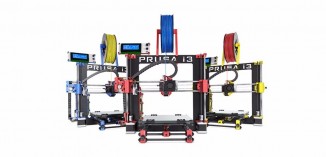

So after getting the heatbed installed, wired in and then upgrading the firmware, here is an image of the premier heatbed print.

When it comes to 3D printing, you have a choice of the normal filaments: PLA or ABS. Basically ou can print PLA filaments (not ABS) onto rough surfaces, in my case a glass plate with some hair spray (because i’m worth it,) or you can print both onto heated surfaces. This heated surface or heatbed (not the kind you sleep in) allows the filament to stick to the printing surface at the start of printing and also stops the filaments from cooling to quickly and warping. Exact temperaturs are usually given by the filament manufacturer.
Guess it’s already time to upgrade to a heated bed (good thing i already ordered the parts)

Having browsed the endless pages and sourcing various parts from the vast resource that is the interwebs the decision was made…
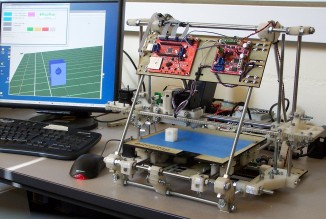
Given the current price for a decent sized consumer 3D printer and having the urge to build anything, stumbling across the RepRap.org project (albeit a bit too late) was bound to lead to a 3D Printer project.
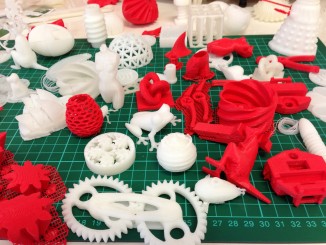
So having looked in awe at the latest consumer 3D printers and dreaming of that first extrusion, the time has finally come!
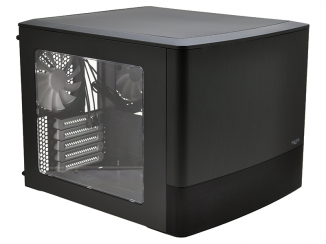
Using the IPMI (Intelligent Platform Management Interface) functionality provided by the Super Micro motherboard, you can basically configure the BIOS, install the FreeNAS OS and use your computer via a network connection. This avoids the need to hook a monitor and keyboard up to your server, it also allows you to mount an ISO as a virtual drive allowing you to install the OS incredibly easily. This post walks you through the process of installing FreeNAS using this method.

After researching the specification, saving for all the bits and waiting for the delivery of all the components the day finally comes. BUILD DAY!
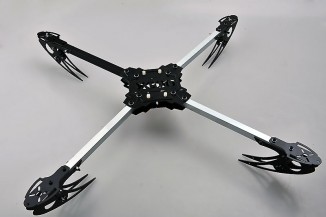
One does not simply mash propellers, cardboard and Weetabix together to make a quad-copter! Here is a, more considered than not, plan for the required hardware.

Quad-copters are becoming quite popular from £30 mini quad-copters to £3000 drones.
How about building your own? Seems worth a try!

Data backups can save you allot of time, especially if you put a lot of work into that document. They can also stop you losing that awesome photo. DVD’s and CD’s can also take up allot of shelf space with those artwork covered protective boxes used to cocoon those easily scratched shiny plastic disks.
Backup and save space all in one solution: FreeNAS. Create a network share that can then back up to the cloud. Digitize those circular plastic bastards and with the right set-up you can stream the video our music to your TV, Tablet or even your mobile.